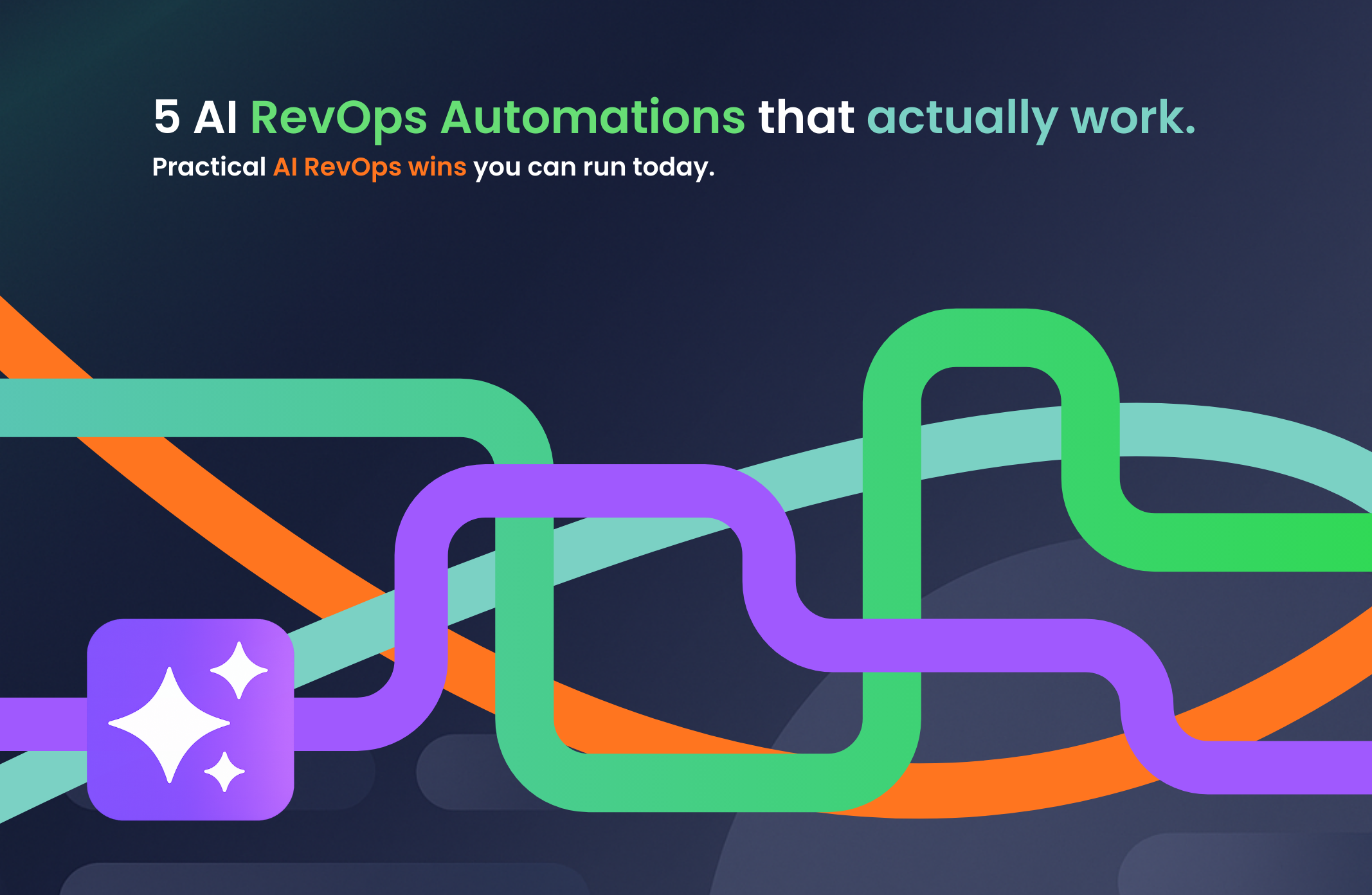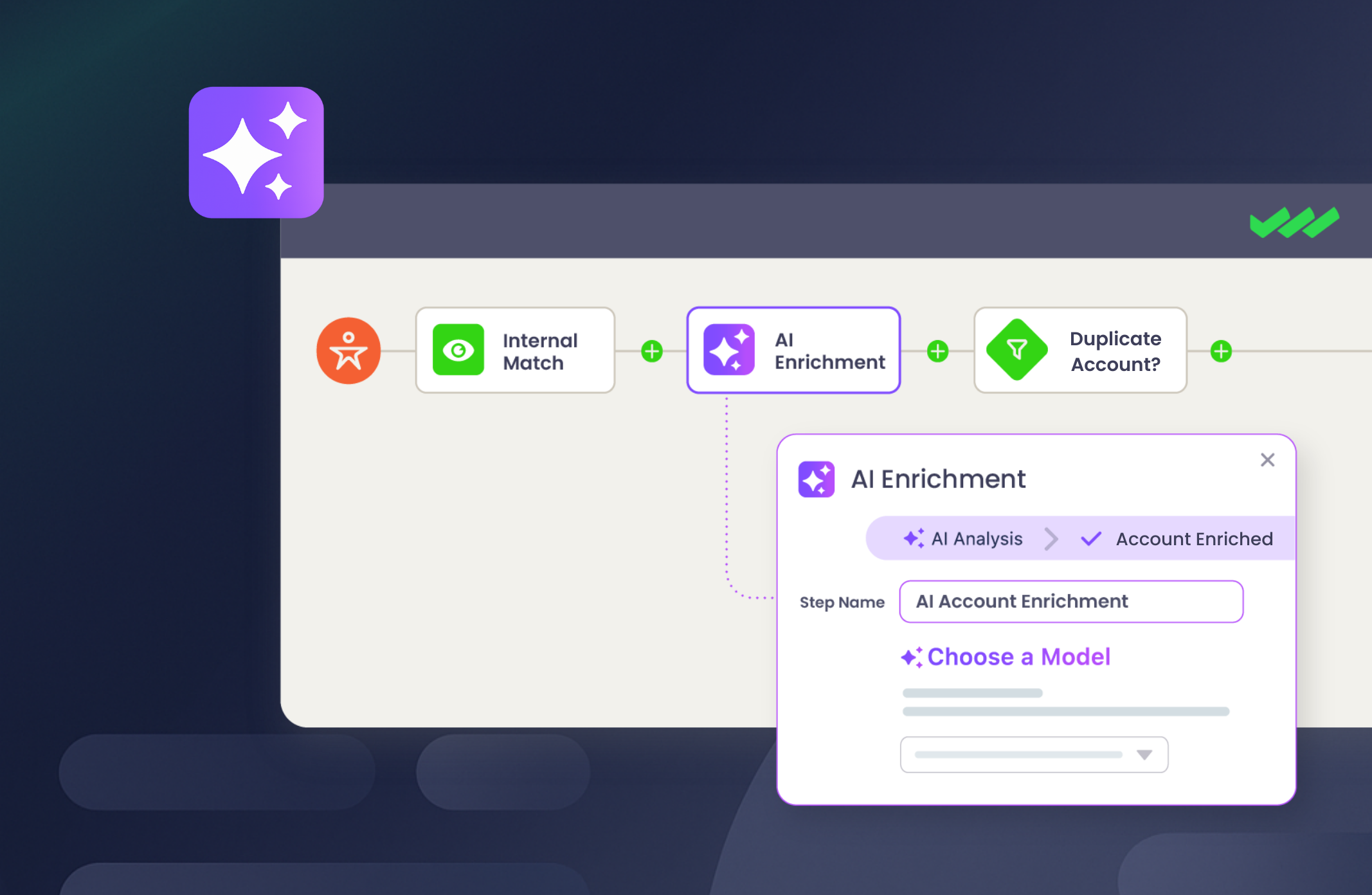Introduction
Account-based marketing (ABM) is a selling strategy that targets specific high-value accounts instead of a larger audience. This approach includes creating personalized campaigns, content, and experiences that are tailored specifically to target accounts.
But in order for your account-based strategy to be actionable and effective, it needs to expand beyond the marketing team. Many companies and industry leaders have shifted from calling it ABM to an account-based experience (ABX), emphasizing the coordinated effort needed from marketing, sales, and customer success.
Account-based efforts can be challenging when it comes to reaching alignment between departments, scaling efforts, and tracking progress. Here’s a look at the operational side of ABM, including the biggest challenges and successful strategies to operationalize your campaign.
You might also like:
- What is an account hierarchy in Salesforce (and why you should use it)
- How to develop a winning account-based selling plan
- Read, Set, Match: Why you need automated lead-to-account matching
The top ABM challenges for marketing operations
Aligning go-to-market strategy across teams
In order for an ABM campaign to be successful, there needs to be alignment across marketing, sales, and customer success. Everybody involved needs to be on the same page about the go-to-market strategy, including BDRs and SDRs.
One way to tackle this is by setting shared goals and KPIs across multiple departments, which can help align efforts, encourage that all departments are on the same page, and hold different stakeholders accountable.
Identifying the right decision-makers within target accounts
Aligning on the go-to-market strategy also includes identifying and agreeing on decision makers within a target account. Once you have an understanding of a company’s organizational structure, who are the key stakeholders that influence the decision process?
For example, does the Director of Marketing play a big role in the buying process? Or is your team’s time better spent targeting the CFO, the CIO, or a Revenue Operations Specialist?
In order to increase the success of your targeting efforts, you’ll also want to target more than one person within that organization, to make it more likely that you progress and close the deal.
Target account leads going to the wrong reps
Your team spends time and effort to secure leads – so when it’s time to follow through, they need to be assigned to the right sales rep.
Ensuring leads from targeted accounts are properly managed and routed to the right sales rep is critical for delivering the white glove treatment your prospects deserve. When leads are sent to the wrong sales rep, it could lead to a poor customer experience and a lower conversion rate.
And on top of providing better insights for account-based selling, it can also keep your data clean by merging duplicate records and merging related records based on set criteria.
Ineffective messaging
Personalized and relevant messaging is key to a successful ABM campaign. But when there’s a disconnect between your messaging and the specific needs and pain points of your target accounts, your efforts will fall short.
One solution to this is diving into your prospect and customer calls on Gong. For the sales team, it’s an opportunity to improve and optimize performance; on the marketing side, you’re able to tap into the same language used by accounts that belong to your ICP.
Start by understanding and using the words that the people who are buying used – and don’t stop there, keep testing and optimizing even further.
Strategies and tactics to operationalize your ABM strategy
Splitting BDR and SD teams for better results
One tactic that helps leading companies like Coveo in their ABM efforts is splitting up the business development team to work different lines of the business. The company has separate teams that are focused on inbound and outbound strategies, which allows them to create more personalized messaging, improving the overall performance of an ABM campaign.
These BDRs and SDRs are better enabled by having the right messaging, being a master of the product that they’re selling, and since they’re working a specific number of accounts, they can reach more of the buying group and decision-makers.
Defining and tagging target accounts
Defining and tagging ABM accounts in Salesforce, and analyzing closed-on and closed-lost deals for your ideal customer profile (ICP) can help you effectively select target accounts.
Collaborating with your sales team and using third-party data providers can provide valuable insights into potential target accounts. By selecting the right accounts to focus on, marketing can maximize the return on their ABM efforts.
If you’re starting from scratch and don’t know what your ICP is, look back at your closed-won and closed-lost and look at the firmographics that are related to particular organizations or a specific buyer.
Create an audience based on what you’re seeing is working and if you don’t have an ICP in place yet, begin to piece together different characteristics that you find from different deals.
Managing duplicates and working with a clean data set
Good data is the foundation for all of your operations and reporting. Ensuring that data is clean and free of duplicates will be essential for targeting and making sure that your marketing and sales efforts don’t go to waste.
Tools like Complete Leads can help with lead-to-account and even any object matching, as well as deduplication, helping create a single source of truth for your data. Staying on top of duplicate data that comes from incoming leads, plus doing regular data audits and cleanups will ensure the quality and accuracy of your data.
Have a data enrichment strategy in place
When it comes to working with data, having a clean, duplicate-free data set is half the battle. The other half is making sure that it has the data you need – and if it’s something that you’re not doing already, the time is now to consider data enrichment.
Third-party data providers like Dun & Bradstreet, Leadspace or ZoomInfo can enrich leads and keep contacts up to date with important information such as revenue, industry, and geographic data. Then, users can build out ABM lists based on Salesforce reports and subsequently sync them to an ABM platform for operational use.
Matching and routing
In any ABM strategy, your marketing team spends a considerable amount of time and resources to generate quality, sales-ready leads. But if response times are slow to start, or if the lead is routed to the wrong account owner, you could miss the finish line all together.
Having proper routing in place ensures that sales reps can reach out to customers in a timely manner.
And matching leads to accounts ensures that the right sales rep speaks to the lead – the one that owns the account and knows it inside and out. They understand the entire picture of how a lead has interacted with your company and can use this to create the best experience for that customer.
The top ABM tools
If you’re looking for tools to boost your ABM strategy, there are plenty of different solutions to consider.
D&B Connect for Salesforce: D&B Connect is a customizable, self-service data management solution. With hundreds of millions of records, users have a single source of truth and can make smarter, risk-free decisions with data they can trust.
6sense: With the power of AI, 6sense helps companies uncover insights along every step of a potential buyer’s journey, prioritize accounts for sales and marketing, and even help nurture leads that aren’t ready to be handed off to sales.
Demandbase: Demandbase gives B2B businesses an array of sales and marketing tools that helps users better leverage the buyer journey. The company provides solutions for account-based engagement, advertising, smarter selling, and data insights.
Terminus: Terminus helps go-to-market teams identify best-fit, highest-intent net new accounts and contacts, prioritize accounts based on intent, and measure pipeline and revenue impact across the entire lifecycle. They also help deliver engaging experiences across display ads, web, and email.
Traction Complete: If you’re looking for a solution for any object matching and routing, account hierarchies, or even data cleanup, we’ve got you covered. But don’t take our word for it – learn how our solutions have made a big impact on some of our largest customers.





